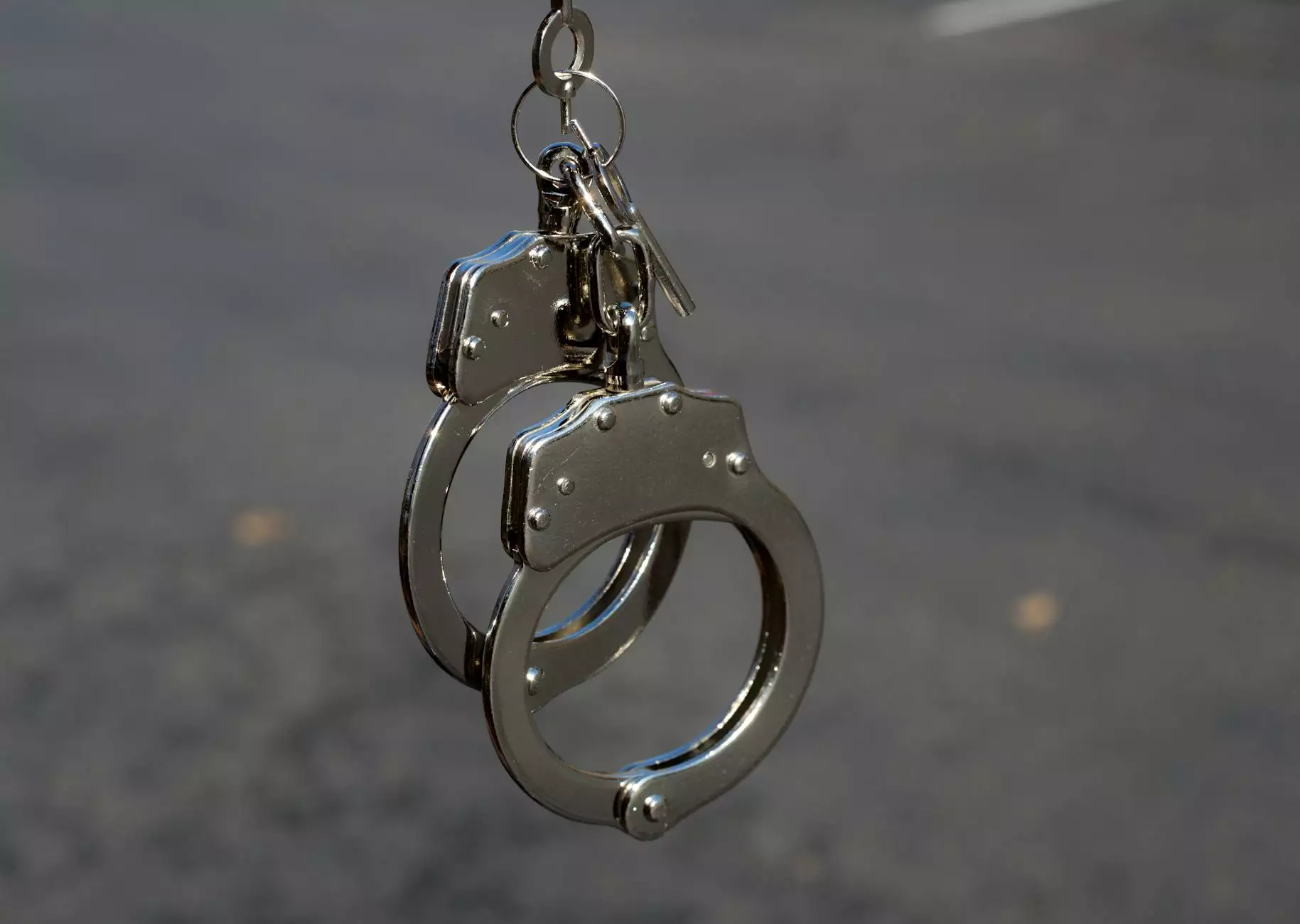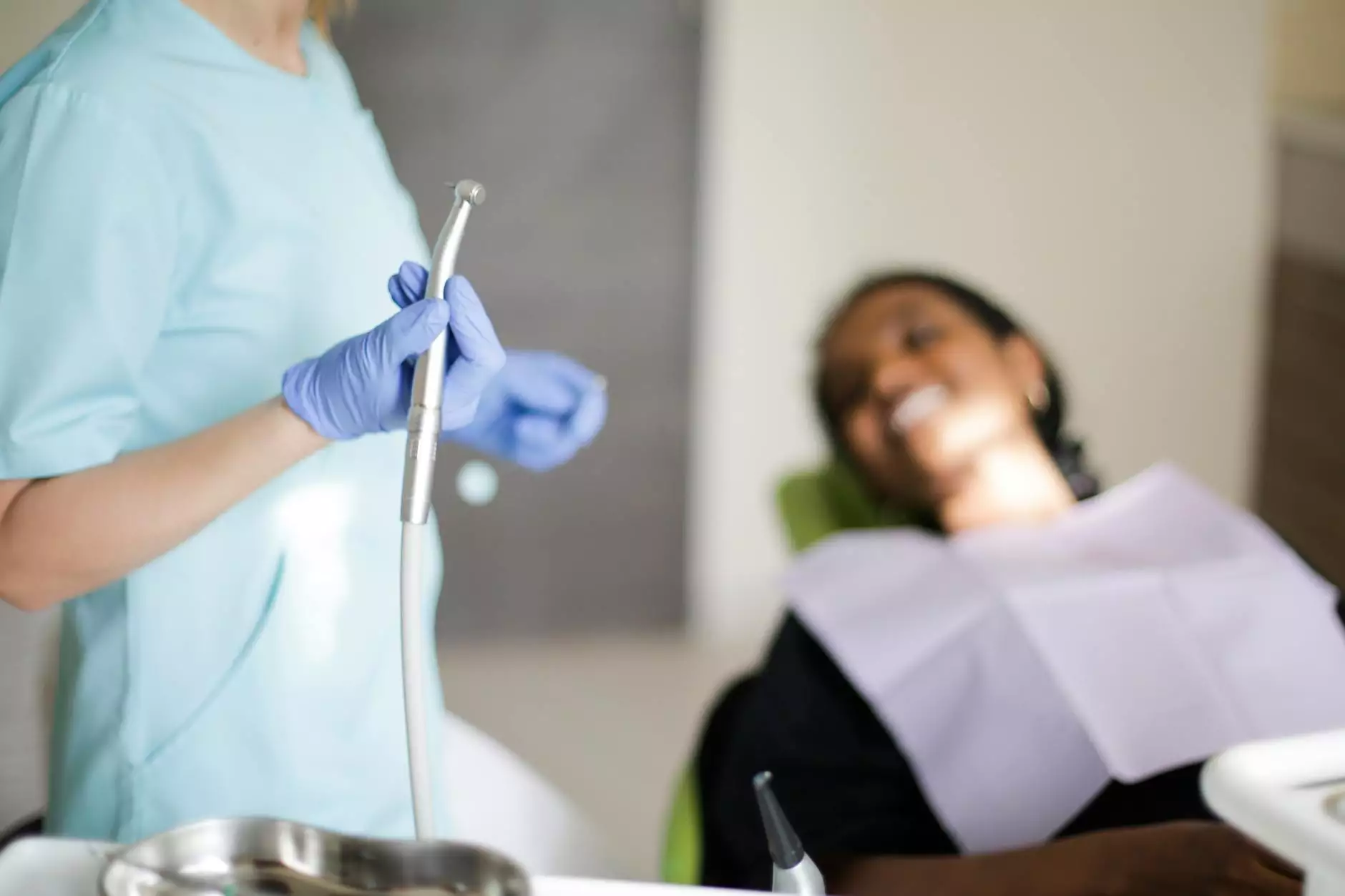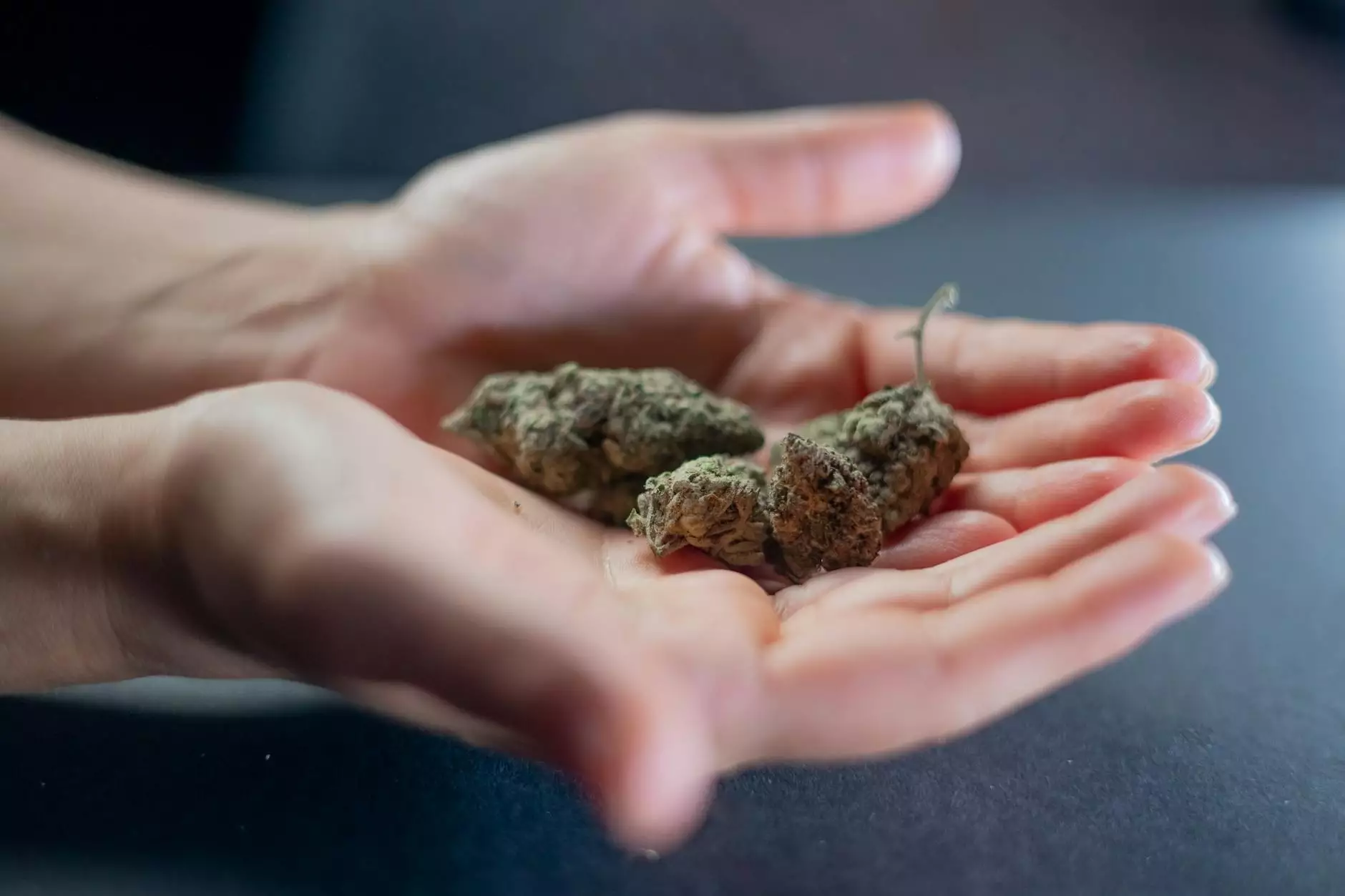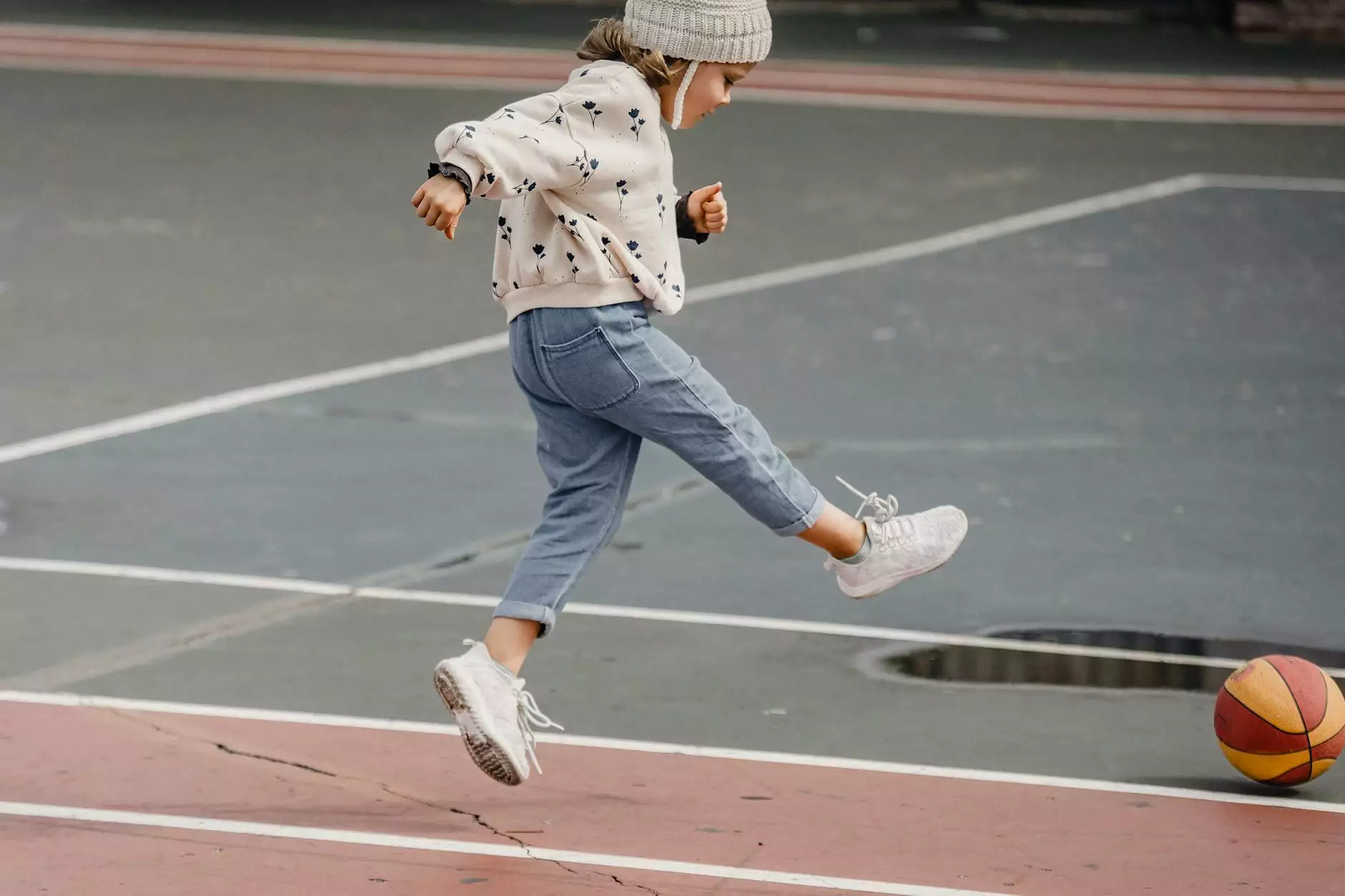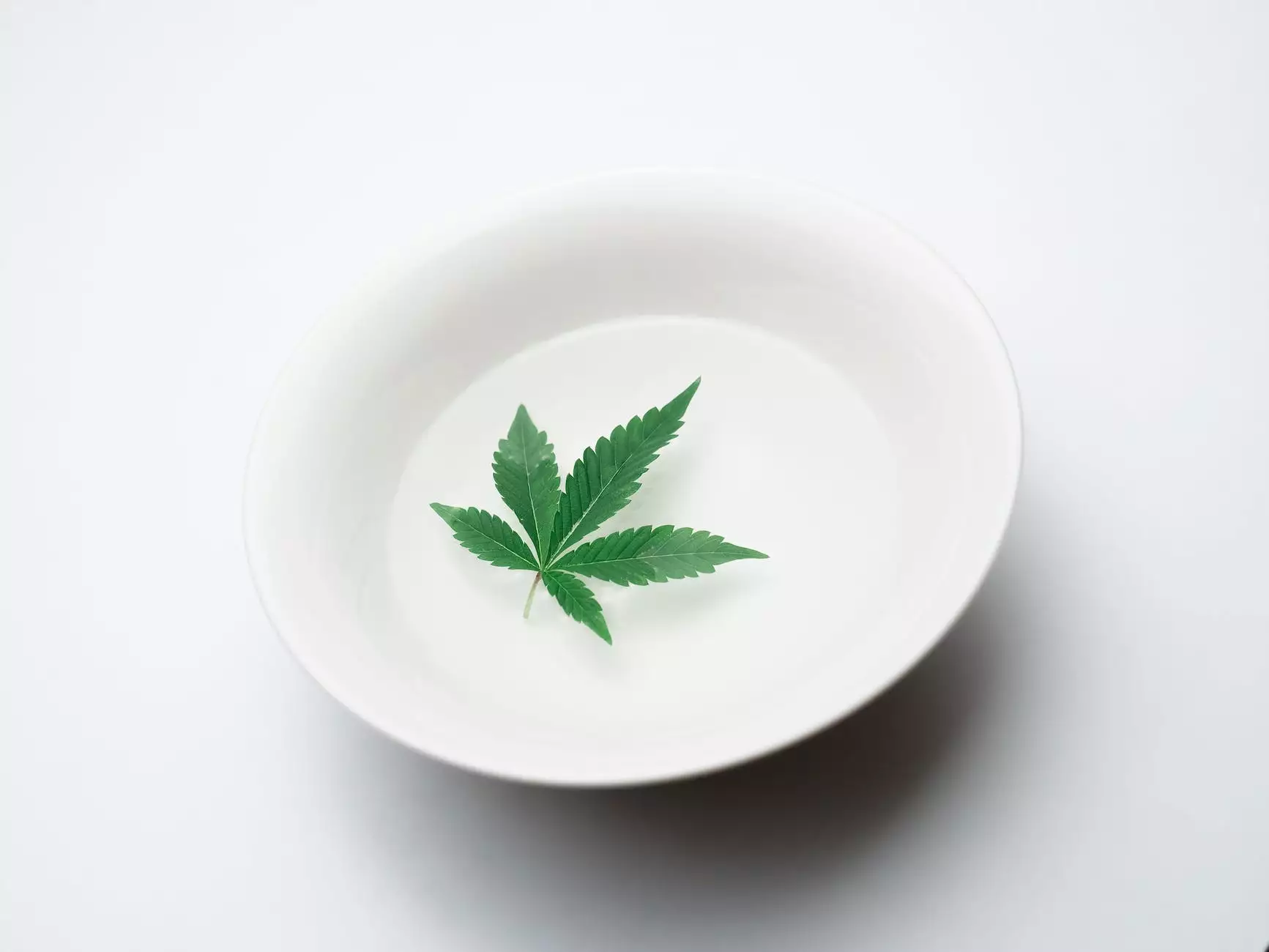Effective Intoeing Treatment: Understanding, Addressing, and Overcoming the Condition

Intoeing, commonly referred to as "pigeon toes," is a condition where the toes point inward instead of straight ahead while walking or standing. This postural irregularity is often seen in young children, and while it may resolve on its own as the child grows, many parents seek effective intoeing treatment options to ensure optimal foot development. In this article, we will explore the various causes, symptoms, and treatment options for intoeing in detail, aimed at educating parents and caregivers about how to manage this condition effectively.
Understanding Intoeing: Causes and Symptoms
Before delving into treatment options, it is essential to understand the root causes of intoeing. The condition can arise from several anatomical and developmental factors:
1. Internal Tibial Torsion
This is the most common cause of intoeing in children, where the tibia (the shinbone) is rotated inward. Internal tibial torsion typically emerges in early childhood and is often due to normal developmental patterns.
2. Femoral Anteversion
This condition occurs when the femur (the thigh bone) is turned inward. Femoral anteversion is particularly common in toddlers and may be observed alongside other symptoms, such as sitting in a “W” position.
3. Metatarsus Adductus
This is a foot deformity where the front part of the foot is turned inward. It can be present at birth and may require specific intoeing treatment if it persists past infancy.
Symptoms of Intoing
Symptoms of intoeing typically become apparent when a child starts walking. Parents may notice that their child:
- Walks with their toes pointing inward.
- Trips or falls frequently due to poor foot positioning.
- Complains of discomfort or pain in their feet, legs, or hips.
Importance of Early Diagnosis
An early diagnosis of intoeing is crucial for effective intoeing treatment. Parents should monitor their child's walking patterns and seek the advice of a healthcare provider if they notice persistent inward turning of the toes. A thorough examination by a podiatrist or orthopedic specialist can provide clarity on the condition's cause and potential interventions.
Intoeing Treatment Options
There are various approaches to managing intoeing, tailored to the child's specific needs. Let’s explore some of the most effective intoeing treatment options:
1. Observation and Monitoring
In many cases, children outgrow intoeing as their bones and muscles develop. Regular check-ups at the pediatrician's office are vital to ensure that the condition is not progressing and to monitor the child’s development.
2. Physical Therapy
For children with persistent intoeing, especially those who experience discomfort, physical therapy can be beneficial. A trained therapist can provide exercises to strengthen the hip and leg muscles, improve balance, and correct ambulation patterns.
Specific exercises may include:
- Gentle stretching to enhance flexibility in the hips and legs.
- Strengthening exercises focusing on the hip abductors to promote proper alignment.
- Balance training to improve overall coordination and gait.
3. Orthotic Devices
Podiatrists may recommend orthotic devices, such as supportive shoe inserts, to correct alignment issues. These devices can help to redistribute pressure on the feet and encourage proper alignment while walking.
4. Corrective Bracing
In more severe cases, corrective bracing may be necessary to guide the proper positioning of the feet. This is particularly helpful for children under two years of age, as their bones are malleable. The use of a brace is typically temporary, and its effectiveness should be evaluated during follow-up consultations.
5. Surgical Options
Surgery is rarely needed but may be considered in extreme cases where intoeing is causing substantial pain or difficulty with mobility as the child approaches adolescence. Options may include:
- Femoral osteotomy to reposition the femur.
- Tibial osteotomy to correct the rotational alignment of the tibia.
These procedures are generally reserved for severe instances and should involve careful consideration and consultation with a specialist.
Home Care and Support Strategies
In addition to professional treatment, parents can implement supportive strategies at home to assist with their child’s intoeing. Some effective tips include:
- Encouraging Proper Footwear: Ensure that children wear shoes that provide adequate support and cushioning. Avoid shoes that are too tight or lack structure, as these can exacerbate the condition.
- Engaging in Physical Activity: Promote activities that enhance muscle strength and coordination, such as swimming, cycling, or dance. These exercises can help establish healthier movement patterns.
- Creating a Relaxed Environment: Encourage children to avoid sitting in positions that promote intoeing, such as the “W” position. Teach them how to sit cross-legged or in other positions that encourage proper alignment.
Monitoring Progress
Regular check-ups with a healthcare provider are essential to monitor improvements and adjust treatment as necessary. Parents should keep a record of their child’s progress and any changes in symptoms.
It is also important to foster open communication with the child, educating them about their condition and encouraging them to express any discomfort or concerns they may have related to their feet or legs.
Conclusion: Embracing Healthy Foot Development
In summary, intoeing treatment encompasses a multifaceted approach that includes monitoring, professional intervention, and home care strategies. Early diagnosis and intervention are critical to ensuring that children maintain healthy foot development and avoid potential complications later in life. By fostering a supportive environment and seeking guidance from healthcare professionals, parents can play a vital role in managing intoeing effectively, setting the foundation for a lifetime of healthy habits.
For comprehensive professional guidance and personalized treatment options, visit The Foot Practice, where our experienced podiatrists specialize in diagnosing and treating intoeing, ensuring your child's foot health is in expert hands.

